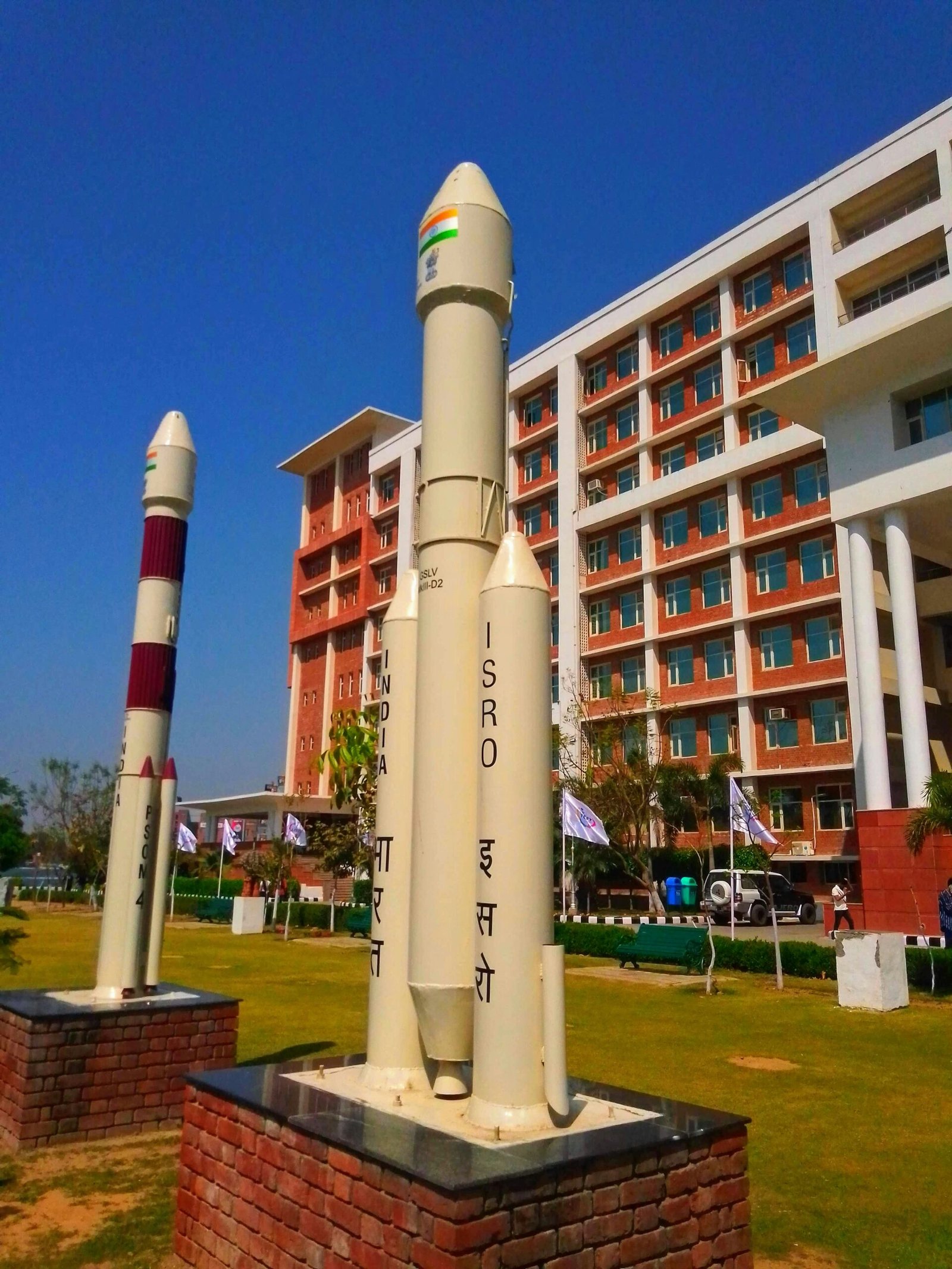India’s space program has a rich and storied history, characterized by a series of progressive milestones leading up to the 7th June 1979: launch of Bhaskara 1 satellite. This date marks a pivotal moment, as Bhaskara 1 was India’s first experimental remote sensing satellite, representing a significant leap in the nation’s space exploration endeavors. The Indian Space Research Organisation (ISRO) had already demonstrated its growing prowess with the launch of Aryabhata in 1975, India’s first satellite, which paved the way for more ambitious projects.
The launch of Bhaskara 1 on 7th June 1979 was a landmark event, as it was specifically designed for earth observation, a critical area for scientific research and practical applications. The primary mission objectives of Bhaskara 1 included remote sensing and data collection in various fields such as hydrology, forestry, geology, and oceanography. These objectives were crucial for a developing nation like India, seeking to harness technology for sustainable development and resource management.
One of the advanced features of Bhaskara 1 was its onboard technology, notably the TV and microwave cameras. These instruments were sophisticated for their time and enabled the satellite to capture detailed images and data from space. The TV camera system, consisting of two cameras operating in visible and near-infrared bands, provided high-resolution imagery of the Earth’s surface. Meanwhile, the microwave radiometer was instrumental in collecting data about soil moisture and ocean surface temperatures, which are vital for environmental monitoring and agricultural planning.
Bhaskara 1’s contributions to scientific research and environmental monitoring were profound. The data collected by the satellite facilitated a better understanding of India’s natural resources and environmental conditions. It supported various applications, including water resource management, forest cover mapping, and mineral exploration. Additionally, the satellite’s success laid the groundwork for subsequent remote sensing missions, cementing India’s position in the global space community.
In essence, the 1979 launch of Bhaskara 1 satellite marked a significant advancement in India’s capabilities in earth observation. It not only showcased the technological prowess of ISRO but also underscored the strategic importance of space technology in addressing national and global challenges.
Bhaskara I: Historical Context and Technological Achievements
The Bhaskara 1 satellite, named after the eminent 7th-century Indian mathematician and astronomer Bhaskara I, marked a pivotal moment in India’s space exploration history. Bhaskara I was renowned for his significant contributions to mathematics and astronomy, which included works such as the “Aryabhatiya Bhashya” and “Mahabhaskariya.” His legacy, synonymous with scientific advancement and innovation, provided a fitting namesake for the satellite that would symbolize India’s foray into advanced Earth observation.
Launched on 7th June 1979, the Bhaskara 1 satellite represented a significant technological achievement for the Indian Space Research Organisation (ISRO). This mission introduced several remote sensing instruments designed to collect vital data on Earth’s resources and environmental conditions. The satellite was equipped with a two-band TV camera system operating in the visible and near-infrared regions, enabling it to capture detailed images of Earth’s surface. In addition, it carried a Satellite Microwave Radiometer (SAMIR), which was instrumental in measuring ocean and atmospheric parameters.
The development and launch of Bhaskara 1 were not without challenges. Indian scientists and engineers faced numerous obstacles, from technological constraints to limited resources. However, the collaborative efforts of ISRO and its partners, including the Soviet Union, which provided the launch vehicle, were crucial in overcoming these barriers. The successful deployment of Bhaskara 1 underscored the resilience and ingenuity of Indian scientific endeavors.
Technologically, Bhaskara 1 set a precedent for future Indian Earth observation satellites. Its data transmission capabilities, which included real-time data relay to ground stations, were a significant advancement at the time. This allowed for immediate analysis and application of the data collected, enhancing the satellite’s utility in fields such as agriculture, forestry, hydrology, and oceanography.
The historic launch of Bhaskara 1 on 7th June 1979, thus, stands as a testament to India’s growing capabilities in space technology and its commitment to leveraging space-based tools for environmental and resource management. This milestone in global space exploration not only showcased India’s technical prowess but also laid the foundation for subsequent advancements in Earth observation satellites, contributing to a better understanding of our planet.

